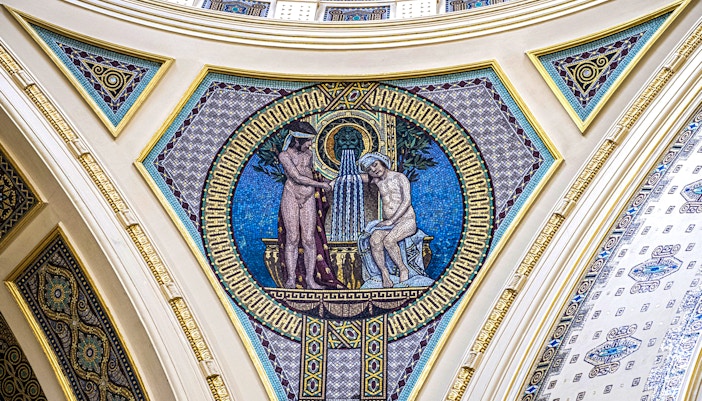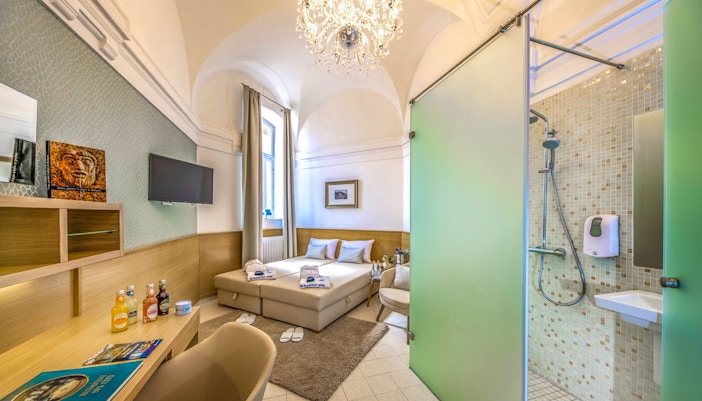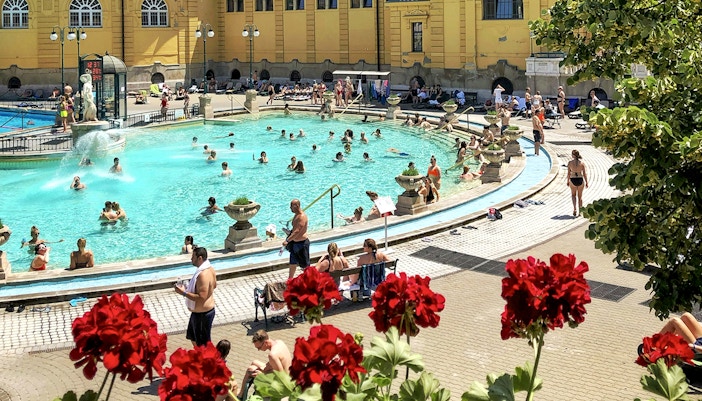The story of Szechenyi Baths begins underground in 1879, when deep drilling revealed hot thermal springs bubbling beneath Budapest’s City Park. This discovery sparked excitement about harnessing natural geothermal waters, setting the stage for the grand spa that would emerge decades later, turning the city into a haven for wellness seekers.
Szechenyi Baths through the centuries
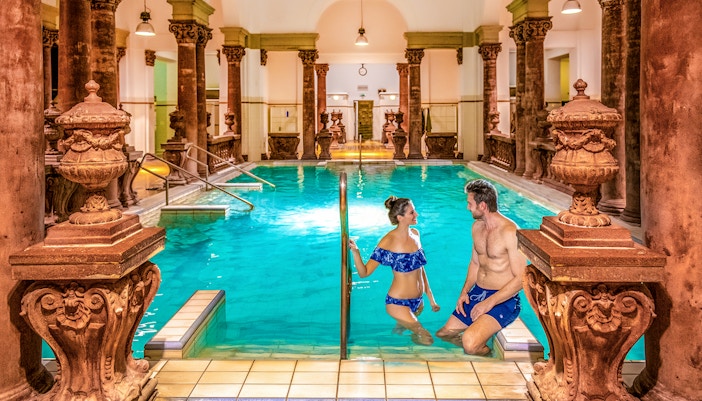
19th Century
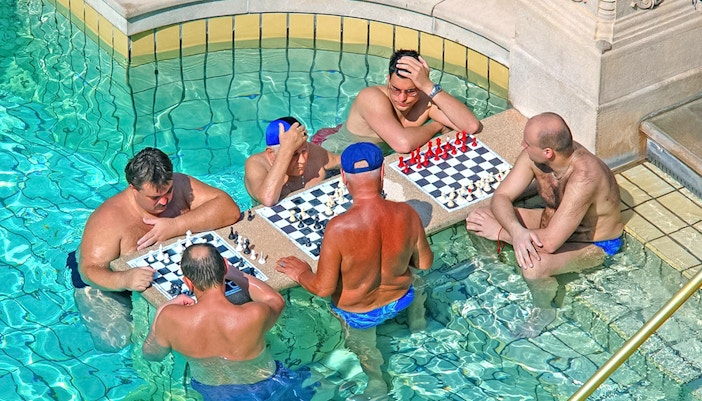
20th Century
In 1913, Szechenyi Baths welcomed its first visitors with elegant steam rooms and private baths. The complex blossomed in 1927, adding sprawling outdoor pools that soon became a social hotspot. Despite wartime setbacks, the baths bounced back, embracing new medical therapies and evolving traditions—like welcoming men and women to bathe together by the 1980s.
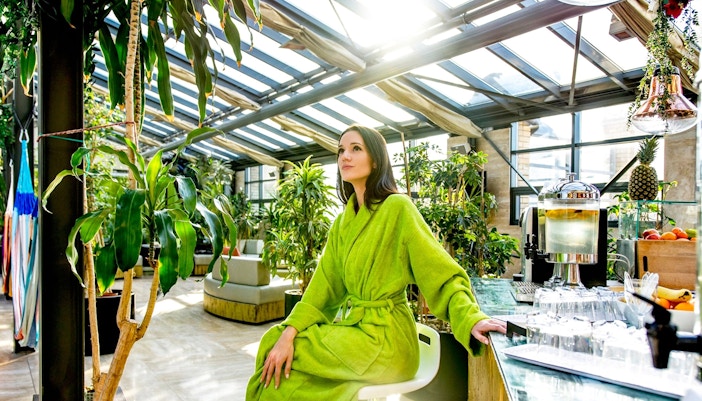
21st Century
Modern times brought fresh energy to Szechenyi with major renovations that upgraded facilities and improved water quality. Today, it’s a vibrant blend of historic charm and contemporary comforts, drawing visitors year-round to soak in healing waters, enjoy saunas, and unwind in one of Budapest’s most iconic wellness spots.
